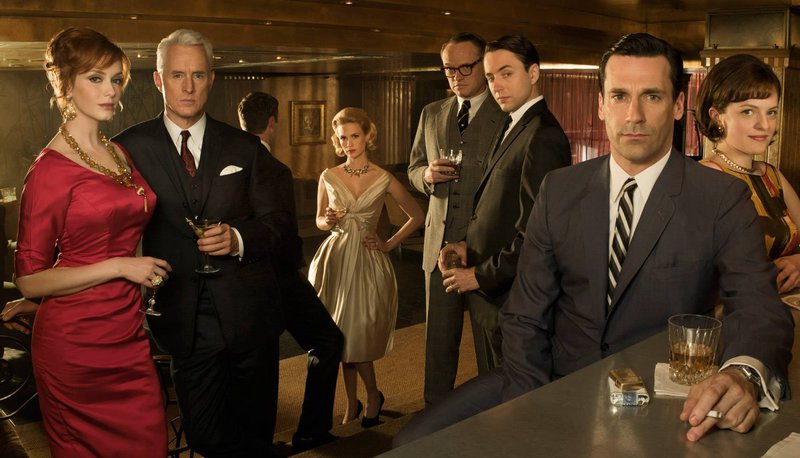Watching the series bubble
Popular television shows are at the centre of an ongoing conflict between private operators in order to gain more viewers in a market that may well have now reached a saturation point
Fifteen years ago the concept of a TV series began to be associated with such terms as boom, golden age and even art. Reconsidering television series, which began to feature increasingly more cinematographic attributes, it appears they moved into a new cultural space.
Yet the transformation of TV shows into culture did not begin 15 years ago. While it is true there were influential series, such as The Sopranos (1999), Twin Peaks (1990) and The X Files (1993), they were shows that never made the leap to a mass public, as did Lost (2003-2010), for example.
At the same time as the excellence of the content improved, there was also a revolution in the consumption of audiovisual material, and TV series have been at the centre of this sea change. If we take the series Lost was an example. It brought back the fan phenomenon and it was this interest among its followers –alongside technological progress in which the Internet became an easily accessible platform without the need for subscription to a private channel outside the traditional paradigm– that led to a new relationship between viewers and series. Game of Thrones is perhaps the ideal example, which saw a parallel rise in piracy that has become socially acceptable, uncensored and even necessary.
New arena
However, a year and a half ago, we found ourselves in a new arena, with the arrival on the scene of platforms like Netflix and HBO, offering reasonable prices, alongside the subscription television market leader Movistar+ as well as the appearance of more independent offerings from the likes of Filmin, for example.
We now find ourselves in a scenario that is similar to what happened to subscription channels offering football, although now it is series rather than sport at the centre of a war for control of the audiovisual market by telecommunications operators rather than traditional television channels. The scene is set and the pieces are in position.
Another aspect driving change in this retrospective history is consumer habits. If we go back to Lost, the first season consisted of 25 episodes of 45 minutes each. Netflix and HBO, for example, have in their catalogue such historic series as Mad Men with seven seasons of 13 episodes, or The Good Wife with seven seasons of 22 episodes. These numbers mean hours, turning the platforms into video clubs that allow viewers to go back and watch the series they may have missed along the way. Yet, this now seems excessive since habits have imposed shorter seasons with fewer episodes, which can be seen over a rainy weekend. And then will come another format, and another novelty that is better still. In a way, we are faced with saturation and what might only be described as a series bubble.


